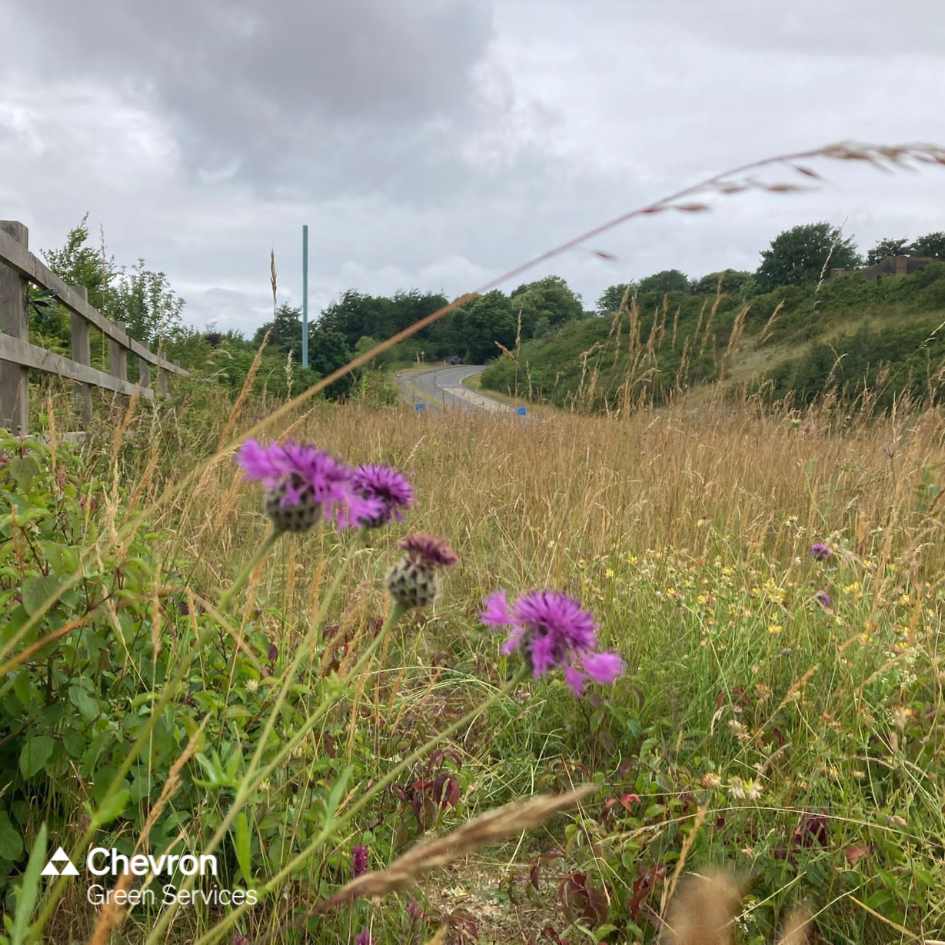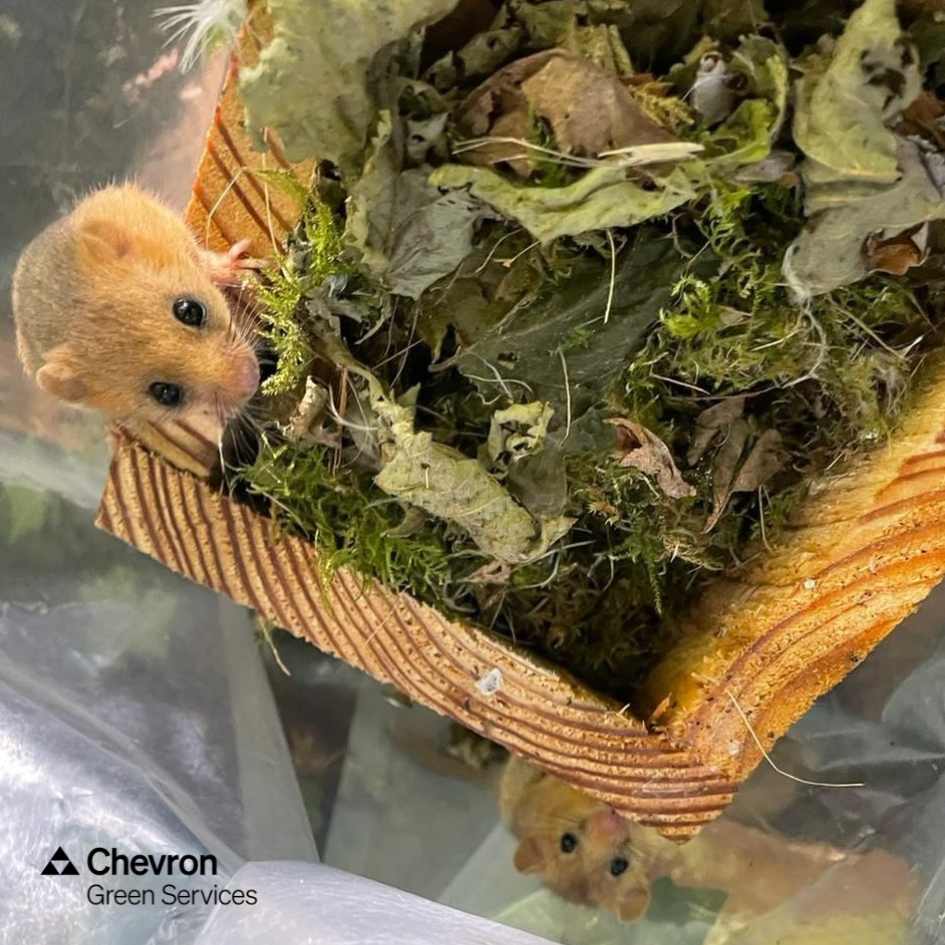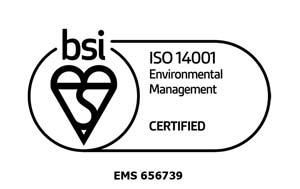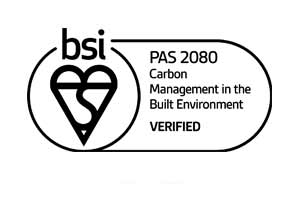
What is an edge habitat?
As part of our work, the teams at Chevron Green Services and Chevron Green Consultancy encounter habitat edges daily. Edge habitats are the transitional zones between different habitats and ecosystems where two habitats meet. Such as where a woodland transitions into grassland. Nature is a mosaic of interconnected ecosystems supporting the delicate balance of global biodiversity. Edge habitats play a role in contributing to this ecological harmony and promote biodiversity.
Edge habitats and human development.
Human development in the UK such as the construction of houses, roads and farmland has led to the fragmentation of habitats, at the edges of developed areas where human habitats encroach on natural habitats, edge habitats are often found. Examples include hedge rows between farmland or patches of woodland running between the railway line and fields. Edge habitats on a smaller scale can also refer to structural differences such as a structural change in vegetation type in a meadow.
It may be easy to overlook edge habitats due their smaller, fragmented size or that they may not seem as important as other habitats such as lush rolling hills or wetlands. However, nature is continuing to face many pressures such as global climate change, urbanisation, and habitat loss to name a few. This makes it increasingly important that we protect all the habitats we do have left however small and continue to enhance biodiversity by increasing the range and variety of habitats available to wildlife.

Edge habitats and biodiversity.
Biodiversity encompasses the variety of species on Earth including animals, plants, and microscopic organisms, as well as the genetic diversity within species and the variation of species within an ecosystem. Biodiversity has become an important and influential word and is a hot topic in legislation and policy making, such as the UK Governments introduction of Biodiversity Net Gain (BNG) for new developments. The transitional character of edge habitats can result in them fostering a wide variety of plant and animal species that have adapted to flourish in the unique conditions found at boundaries. They can be found to support higher biodiversity than the surrounding single habitats that they connect because the range of niches found in edge habitats cater for the coexistence of species with different ecological requirements. Highlighting the importance of edge habitats and their contribution to enhancing biodiversity.
Edge habitats as wildlife corridors and species protection.
Edge habitats play a crucial role as wildlife corridors providing connectivity between different habitats, this is particularly significant in more developed areas. Their role as wildlife corridors allows for the critically important movement of species and therefore also spread of genetic diversity. As stated above biodiversity includes genetic diversity within species as well as the species themselves and is critical for a species survival. Protected species such as bats are known to use edge habitats such as hedgerows, treelines and forest edges for essential survival behaviours including commuting and foraging. Therefore, the protection and good management of edge habitats is critical in preventing the loss of feeding opportunities and movement of bats.
As well as bats, edge habitats support a wide variety of flora and fauna, boasting a huge variety of wild plants, including flowering plants essential for pollinators. They also provide shelter for nesting birds, small mammals, reptiles, and invertebrates.

What you can do to enhance and protect edge habitats.
Now you are aware of their importance hopefully you’ll appreciate their value and might see your nearest hedgerow or treeline in a new light. Share your newfound knowledge with others to spread awareness of edge habitats and their essential role as wildlife corridors or enhancing biodiversity. Think about how you could protect the edge habitats around you?
Before you plan any changes, make sure to seek expert advice. There are so many benefits to maintaining the edge habitats that are already in place and working around the environment your project exists in.
Always speak up! Unfortunately, nature can’t speak for itself so it’s vital that we are the voice for nature. Speak on behalf of the edge habitats near you and make sure your opinions are known and be vocal about your support for the environment.
At Chevron Green Services we concentrate on the long-term lifecycle of the projects we work on. Our focus is on achieving species inclusion and integration, providing biodiverse habitats for generations to come. We can help you protect your edge habitats, enhance your biodiversity net gain scores and ensure your projects are created with sustainability and the environment in mind.



















